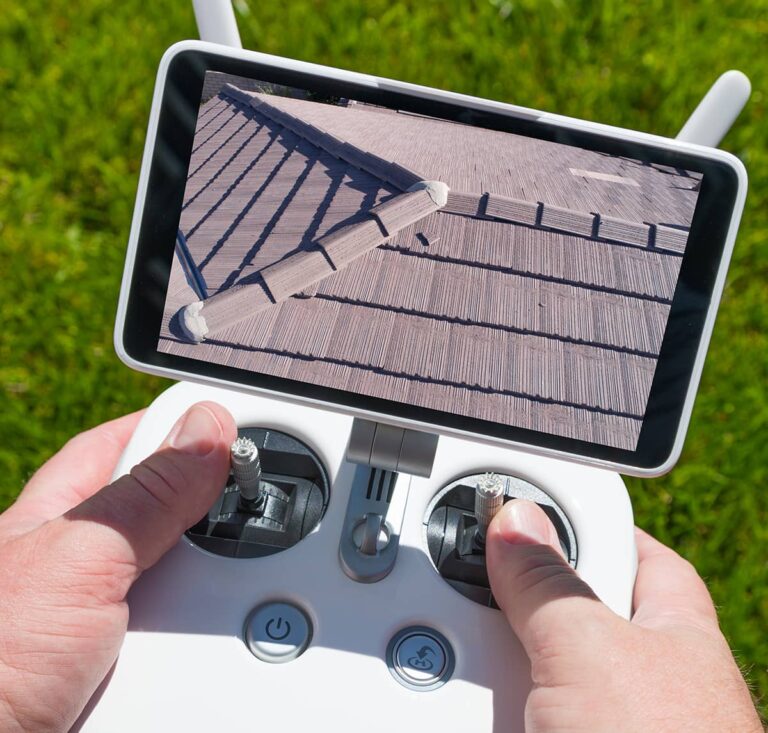How drones are used in conservation efforts
The notion of utilizing drones for industrial applications is becoming commonplace.
Most of us have heard of drone technology applied to real estate photography, industrial inspections, and even precision agriculture. What many people may be unaware of, however, is the impact drones have on conservation efforts worldwide.
The versatility of aerial vehicles is well-suited for a multitude of tasks in support of conservation efforts. Drones help rid the world of animal poachers, replant forests destroyed by fires, and monitor populations of threatened wildlife.
More and more, people are realizing the versatility they can offer.
1. Conservation efforts: Anti-poaching
It may seem like the days of hunters trading in ivory and exotic animal pelts are a thing of the past. Sadly though, this is not the case.
Animal poaching continues to be a significant problem in the world. Many species appear on the endangered species list largely because of the illegal trade surrounding them.
Elephants, rhinos, primates, and many others are on the brink of extinction, solely because people value parts of their bodies.
Even as wildlife organizations strive to end this horrific practice, poaching continues to plague rare and beautiful species.
Drones are providing yet another tool in stopping this $70 billion-per-year industry.
Spearheading this fight is Air Shepherd, an organization that uses drones to conduct surveillance on poachers, with operations based in Malawi, South Africa, and Zimbabwe.
Starting with local intelligence, the Air Shepherd team plans drone flights in areas where poachers are likely to be operating.
The organization’s electric drones come armed with thermal cameras and imaging software. These UAVs analyze the data they collect in real-time, making them effective at catching criminals right in the act.
When the drones spot poachers, Air Shepherd reports their whereabouts to park rangers, who then move in to stop them. To date, the team has flown over 4,000 missions and logged over 5,000 flight hours.
2. Conservation efforts: Replanting forests
Wildfires continue to wreak havoc every year across many parts of the world.
In California, for example, 2020 proved to be the state’s worse wildfire season on record. Thirty-one lives were lost, over 10,000 buildings were damaged or destroyed, and an astounding 4.1 million acres of land were burned.
Much of the affected land was forest.
Replanting trees is a slow and expensive process. Thankfully, drones are helping to make reforestation a more efficient, cost-effective process.
Companies like Canadian-based Flash Forest and Washington State-based DroneSeed, have designed specialized UAVs for planting trees.
Estimates suggest that a physically fit person can plant between 1,000 and 3,000 trees per day. By comparison, Flash Forest aims to plant 100,000 tree seed pods in a single day, with just two UAV operators.
When comparing tree-planting rates between humans and drones, it’s easy to see how much more efficient drones can be.
In 2018, DroneSeed became the first U.S. Company to be granted a waiver from the FAA to use drone swarms for agricultural purposes. This waiver allows the company to have greater control when replanting forests following wildfires.
They have even created a proprietary seed vessel that allows their drones to deliver pods with boosted survival rates.
Soon, we may find that planting forests and lowering our carbon footprints can much easier than ever imagined.
3. Conservation efforts: Wildlife monitoring
An essential aspect of protecting wildlife is monitoring the size of animal populations.
Humans tend to have a particularly difficult time addressing this need. This is especially true in animal populations such as birds, which tend to fly away as people approach. Conservationists are often forced to rely on counting from a distance, using telescopes or binoculars.
Other factors, such as weather conditions and remote locations, make manual counts unreliable or even impossible.
In a study published in the journal Methods in Ecology and Evolution, researchers proved that drone-based animal counts were more accurate than those conducted by traditional methods.
In fact, not only was it more accurate, the difference between human and drone-based counts was significant. The study found drone-based counts were between 43% and 96% more accurate than their human counterparts.
Drones can easily capture aerial imagery of wildlife, making population counts almost effortless.
Bringing it all together
These three examples are just a few cases in which drones make vital contributions to conservation efforts.
Additional examples include land management, plant growth monitoring, studying climate change, and collecting biological samples from whales.
In many ways, drones are the perfect tool at the perfect time. With shrinking populations and dwindling habitats, conservationists need help more than ever.
UAVs are likely to play an ever-increasing role in studying and protecting our planet and all its inhabitants.
Ready to see how drones can help your organization? We’re here for you!
From inspections and drone training to creating a operational plan, the UAS experts at Consortiq will help you find a better way with drones. Complete the form below today to get started!

David Daly - Contributing Author
David Daly, is an award-winning photographer/writer and licensed (FAA) Commercial sUAS pilot. A graduate of the United States Naval Academy, David is a former Marine Corps officer with a BS in Oceanography and has earned his MBA from the University of Redlands. David has worked for Fortune 100 companies and has a background in aerospace, construction, military/defense, real estate, and technology.



